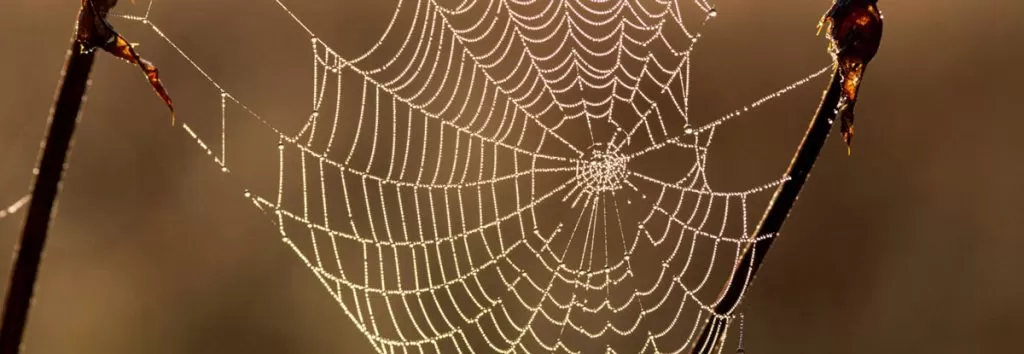The Hazards of Spiders: Understanding Their Potential Harm
October 18, 2023

Why Spider Control is a must for Home Owners.
Spiders, while fascinating creatures in their own right, can pose potential hazards to humans and pets. While the majority of spiders are harmless, there are some species that can deliver venomous bites, leading to various degrees of discomfort and, in rare cases, more serious health issues. This article aims to shed light on the potential harm spiders can cause and how to mitigate these risks.
Venomous Spiders
Among the thousands of spider species, only a small fraction are considered medically significant. Some of the most notable venomous spiders include:
- **Black Widow Spider (*Latrodectus spp.)*:**
– Black widows are known for their distinctive glossy black bodies with a red hourglass-shaped mark on their abdomen. Their venom is a neurotoxin that can cause muscle pain, cramps, nausea, and in severe cases, difficulty breathing.
- **Brown Recluse Spider (*Loxosceles reclusa*):**
– Brown recluse spiders have a violin-shaped marking on their cephalothorax. Their venom can lead to necrotic (dead) tissue around the bite site, causing wounds that may require medical attention.
- **Sydney Funnel-web Spider (*Atrax spp.)*:**
– Found primarily in Australia, funnel-web spiders have highly toxic venom that affects the nervous system. Bites from this species can cause severe pain, muscle spasms, and in extreme cases, respiratory distress.
Mitigating Spider Hazards
Prevention is key when it comes to avoiding spider bites and potential harm. Here are some practical tips:
- **Maintain a Clean Environment:**
– Regularly clean and declutter your living space. This reduces hiding spots for spiders and their prey.
- **Seal Entry Points:**
– Ensure that windows and doors are properly sealed to prevent spiders from entering your home.
- **Remove Outdoor Debris:**
– Clear away piles of leaves, wood, or other organic matter from around your house, as these can be attractive hiding spots for spiders.
- **Treatment of outer walls of home to prevent entry**
– Products such as Web Eater Spider Web Dissolver can act as a barrier to entry for spiders helping prevent any indoor infestations.
- **Inspect and Shake Clothing/Bedding:**
– Before putting on clothes or getting into bed, give them a shake to dislodge any hidden spiders.
- **Exercise Caution in Dark, Damp Areas:**
– Be extra vigilant in basements, attics, and other dark, secluded areas where spiders may hide.
Treatment of Spider Bites
In the event of a spider bite, it’s important to seek medical attention, especially if you suspect the spider was venomous. Most bites from common spiders result in mild symptoms, which can be treated with over-the-counter pain relievers, ice packs, and antihistamines to reduce swelling and discomfort. However, venomous spider bites require prompt medical attention.
Conclusion
While most spiders are benign and play a crucial role in controlling insect populations, it’s essential to be aware of the potential harm they can cause. By following preventive measures and being knowledgeable about the venomous species in your area, you can significantly reduce the risks associated with spiders. Remember, a cautious approach is the best defense against spider-related hazards.

